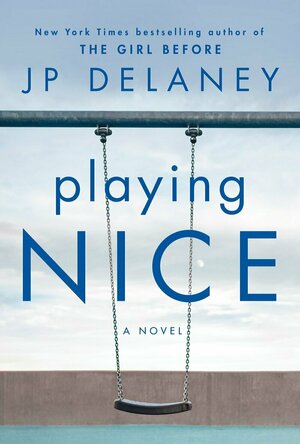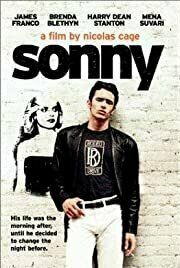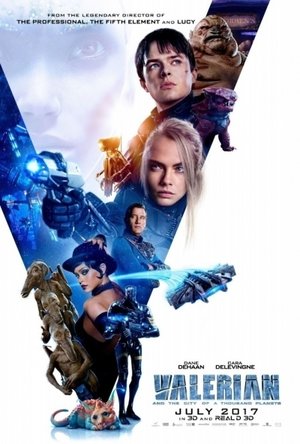Kristy H (1252 KP) rated Playing Nice in Books
Sep 17, 2020
"'I'm sorry to have to tell you that Theo isn't your son. He's mine.'"
Delaney's latest is a fast and compulsive read. Told in alternating perspectives from Maddie and Pete, with some flashes to the past, the book is stressful and makes you think. What would I do in this situation? And what a terrible situation to be in. With both boys being two-years-old, they are already comfortable in their family lives. At first, each family is determined not to switch the children back. But it soon becomes clear that Theo is progressing better than David, who requires more specialized care. Is that what's affecting Miles out-sized affection for his newfound son? His constant, unannounced appearances on Pete and Maddie's doorstep? Meanwhile, Maddie feels wracked with guilt at leaving David behind. The emotions and decisions are clearly complicated.
I myself was fascinated that Delaney brought up a "baby switch" case in Charlottesville, VA at the hospital where I was born, though far earlier. If I had known about this case, I must have forgotten; I would have been in my mid-teens and probably not caring about such things at the time. Anyway, it was intriguing to hear a local reference, and it totally pushed me down the rabbit hole of researching that case (which is completely tragic).
It's hard to truly like any of these characters, even Maddie and Pete, who are initially sympathetic. Let's not even get started on Miles, who truly plays the villain well. But I appreciated that the characters and their feelings are complicated and well-portrayed here. While much of the story is character-driven, it's also a mystery, unraveling what happened when the boys were switched, and it's quite interesting.
The plot in this one moves quickly, escalating fast. I predicted the ending, but it didn't do much to diminish my enjoyment of the book. If you're looking for a different and fast-paced thriller, which also gets you thinking about emotional family dilemmas, definitely recommend. 3.5 stars.
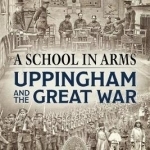
A School in Arms: Uppingham and the Great War
Book
For many people, their only knowledge of Uppingham's involvement in the Great War is through Vera...
Islamic Macroeconomics: A Model for Efficient Government, Stability and Full Employment
Book
The economic model in many developed and developing countries is characterized by a 'Big Government'...
Making Design Theory
Book
Tendencies toward "academization" of traditionally practice-based fields have forced design to...
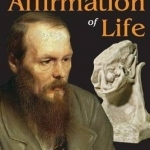
Dostoevsky and the Affirmation of Life
Book
Dostoevsky's philosophy of life is unfolded in this searching analysis of his five greatest works:...
Tommy Wiseau recommended Sonny (2002) in Movies (curated)
Long-Term Ecological Research: Changing the Nature of Scientists
Michael R. Willig and Lawrence R. Walker
Book
The Long-Term Ecological Research (LTER) Program is, in a sense, an experiment to transform the...

Runtasty - Healthy Recipes
Food & Drink
App Watch
Get 40+ free healthy recipes and kitchen hacks! Your complete healthy recipe book right in your...
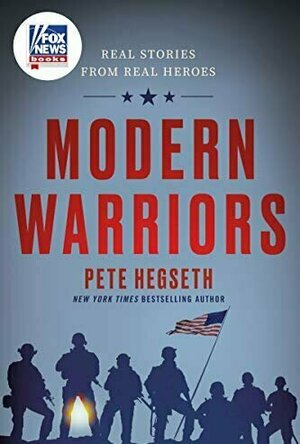
Modern Warriors
Book
From FOX & Friends Weekend cohost Pete Hegseth comes a collection of inspiring stories from fifteen...
Gareth von Kallenbach (980 KP) rated Valerian and the City of a Thousand Planets (2017) in Movies
Jul 11, 2019
The director of The Fifth Element has been working on this film for about ten years. Besson has mentioned he had wanted to work on this project for years and it would not have been made before the technology used in James Cameron’s Avatar. The film is a eye-gasming smorgasbord of star systems, planets and five hundred different alien species. The story itself does not hold many surprises. Heroes looking for villains, lasers pew-pewing across time and space. Goal to save the world as they know.
Valerian (Dane DeHann) and Laureline (Cara Delevingne) have a cool/electric repartee of partners who know each other well and are working to combat the underlying…tensions. We learn that Valerian, quite confident in his abilities does not work as well without Laureline by him. Not as the sidekick, but equal. Throughout the film, we see the humor in their relationship with the push and push of their personalities trying to gain the upper hand. The film has some visual and physical comedic moments that tip the hat to screwball, buddy comedies.
The movie is such an incredible visually dazzling event throughout, there’s so much going on that at times I wondered what I could have been missing . The characters are striking: Rhianna’s performance as Bubble was an ocular delight. The costuming and makeup were fanciful, artistic and offbeat. All the CG work in this movie truly makes me wonder what it is like to live in Luc Besson’s mind. I can see the inspiration taken from the comic books which give us the characters and storyline, but the imagination that illustrates Valerian and Laureline’s universe on the big screen is absolutely mind-blowing.
If you are a fan of the Fifth Element, you will enjoy this film. However, you don’t need to be a fan to enjoy this adventure. I highly recommend that you view this in 3D, it enhances the vision created by Besson.
